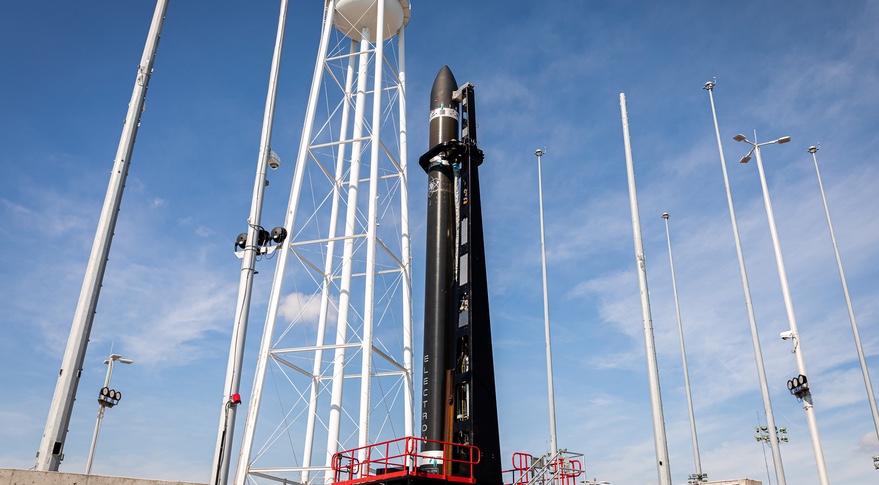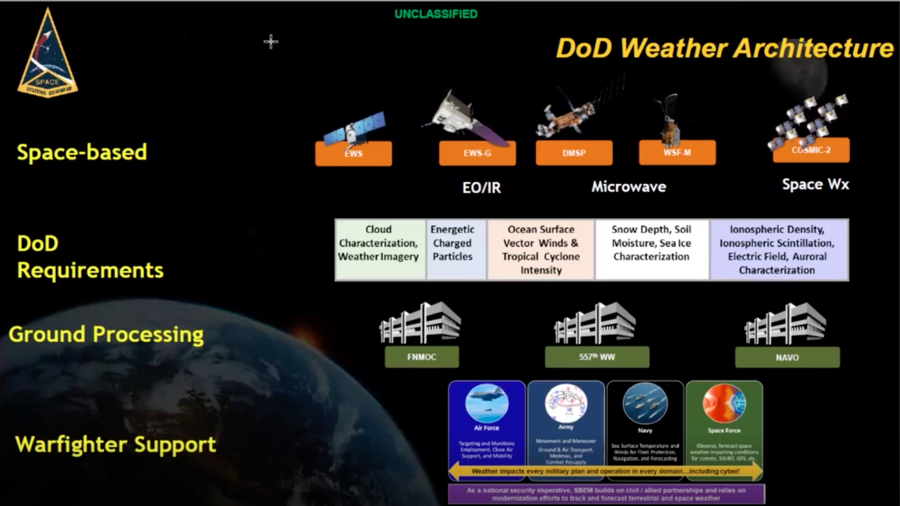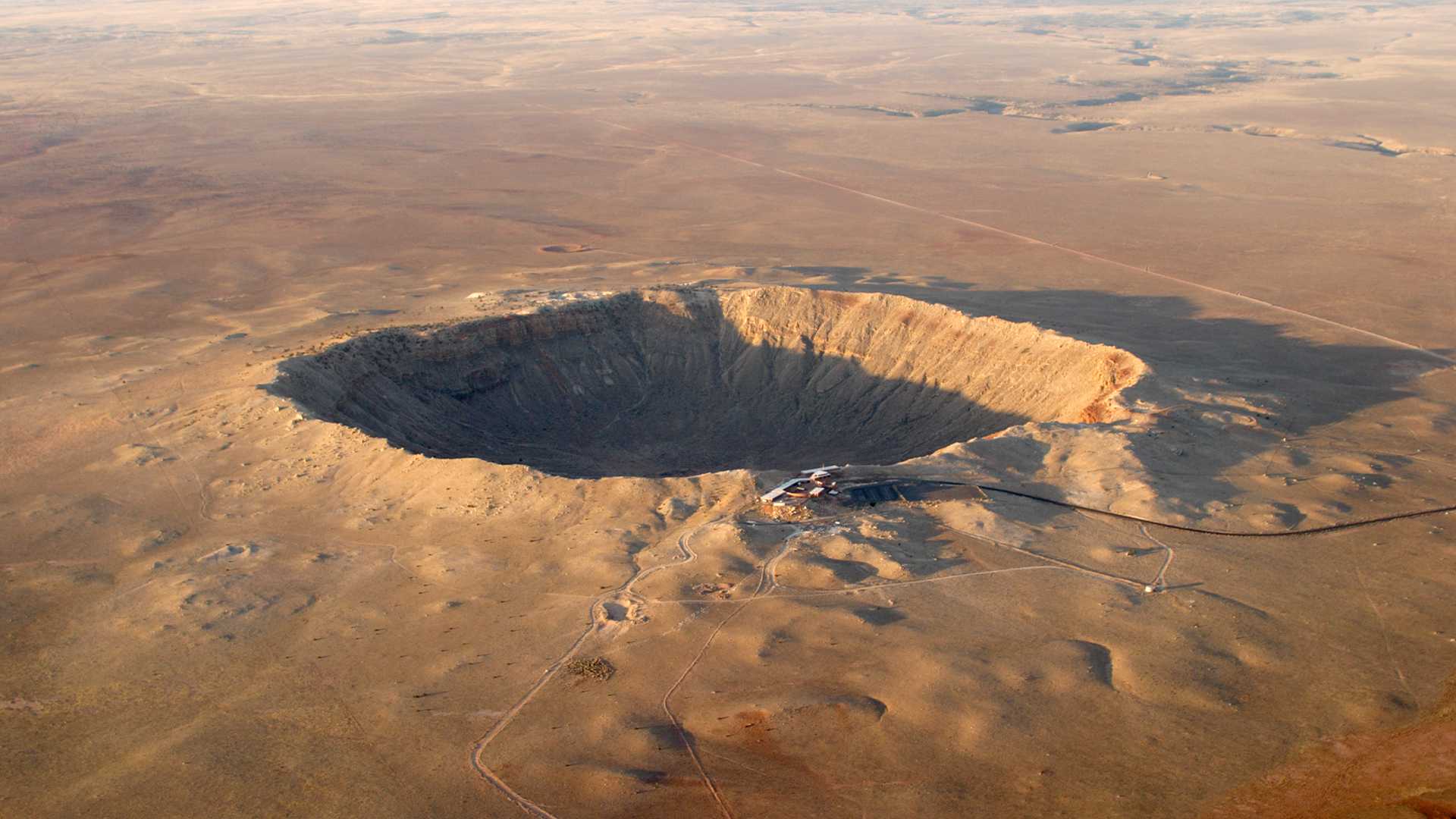
-

- Article from The Swedish Museum of Natural History
- Subject: Nature & Technology
How can there be passages from animals in quartzite, when the rock was formed millions of years before there were animals on earth? Now researchers from the Swedish Museum of Natural History have solved the riddle. Animals that move on soft ground leave traces. The footprints of giant dinosaurs or the winding tombs of small worms tell of ancient animals, how they moved, how they sought food, how they ate, how they related to each other. Track fossils are as old as the animal world. Therefore, geologists were amazed when in Western Australia in the 1970s were found traces of digging animals in ancient quartzite, a rock formed when sandy sediments were compressed under high pressure and high temperature. Quartzite is hard as glass and impossible for animals to dig through. The tracks should therefore have been made while the sand was still loose. But the sand was deposited 1.7 billion years ago, a billion years before the oldest known animals appeared on earth, and the densification to quartzite may not have taken place later than 1.2 billion years ago, still long before the animals. come up with a solution to the riddle A Swedish-Australian-Chinese research group has now presented a solution to the mystery. In an article in Proceedings of the National Academy of Sciences they present a model that does not require unreasonably ancient unknown animals or glass-eating monster worms with diamond teeth. The researchers measured the age of the sand in the excavated passages using weakly radioactive minerals. It turned out to be more than a billion years younger than the surrounding quartzite and the passages could thus be made of animals. But how can animals dig through quartzite? The answer came when microscopic examinations showed that the grains had first weathered along the contact surfaces so that the result was a loose sandstone and in a later process regrown together by quartz being deposited on the grain surfaces and the rock again becoming a hard quartzite. A window in time was opened A “window” had thus been opened in the time when excavation was possible. By comparing with surrounding deposits, scientists were able to determine the age of this “window” to about 40 million years ago, during the era of the Eocene. Probably the tracks are made of marine crustaceans. The leader of the research group, Stefan Bengtson at the Swedish Museum of Natural History, says: “These trace fossils in ‘wrong’ rocks have been a mystery for half a century. We are happy that we have succeeded in identifying geological processes that solve the mystery. ”Scientific article:
Eocene animal trace fossils in 1.7-billion-year-old metaquartzites
.













